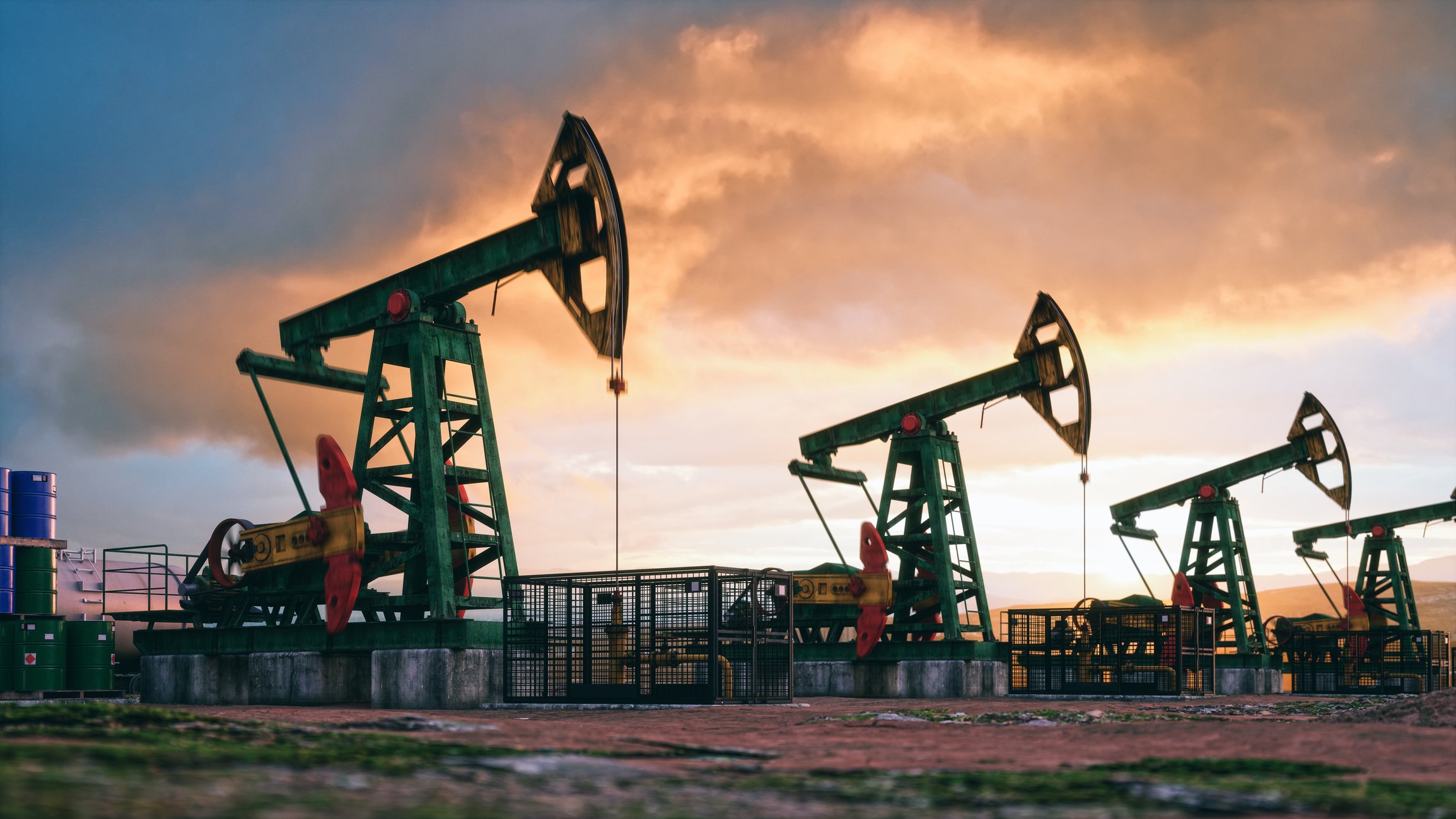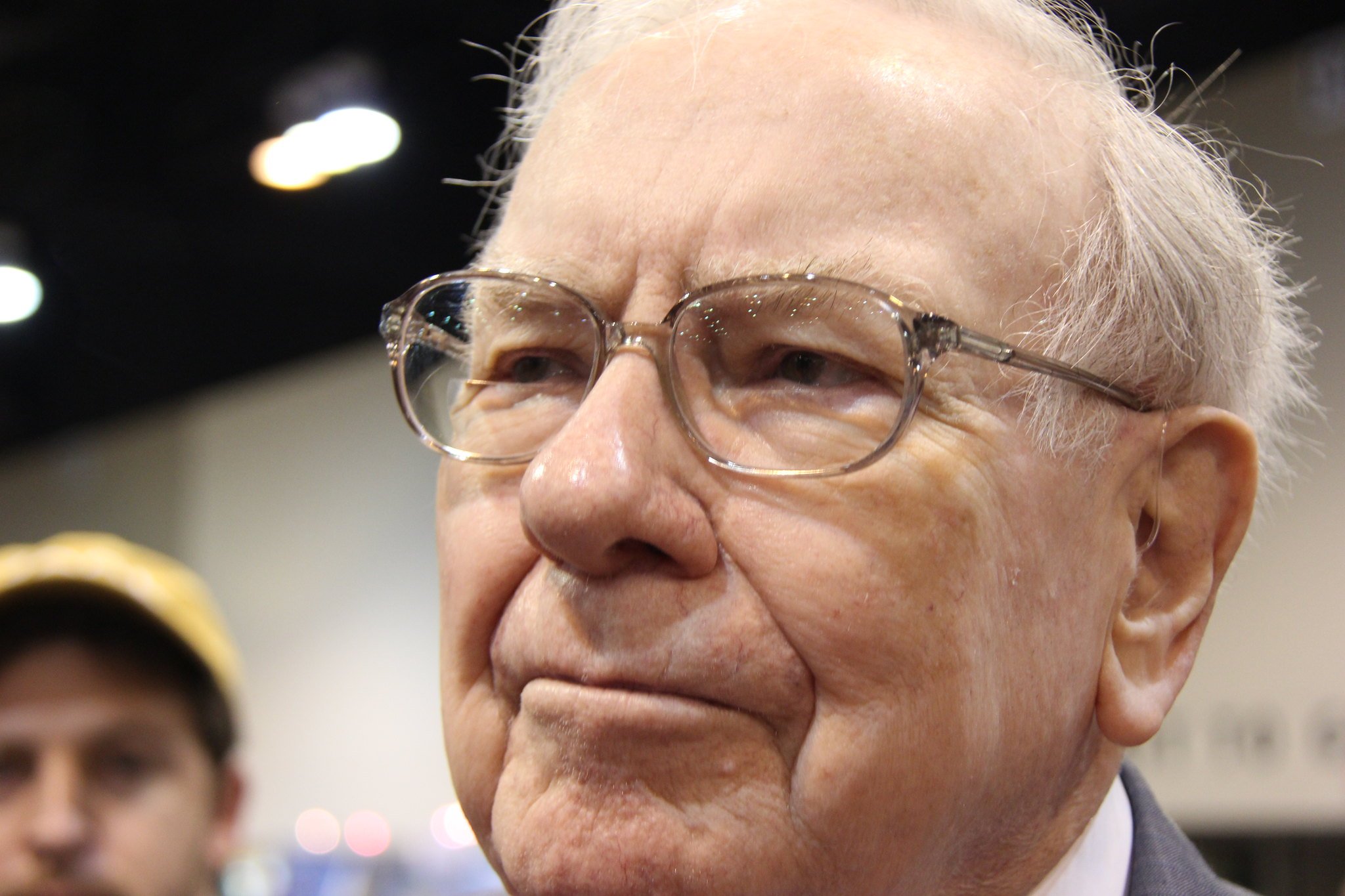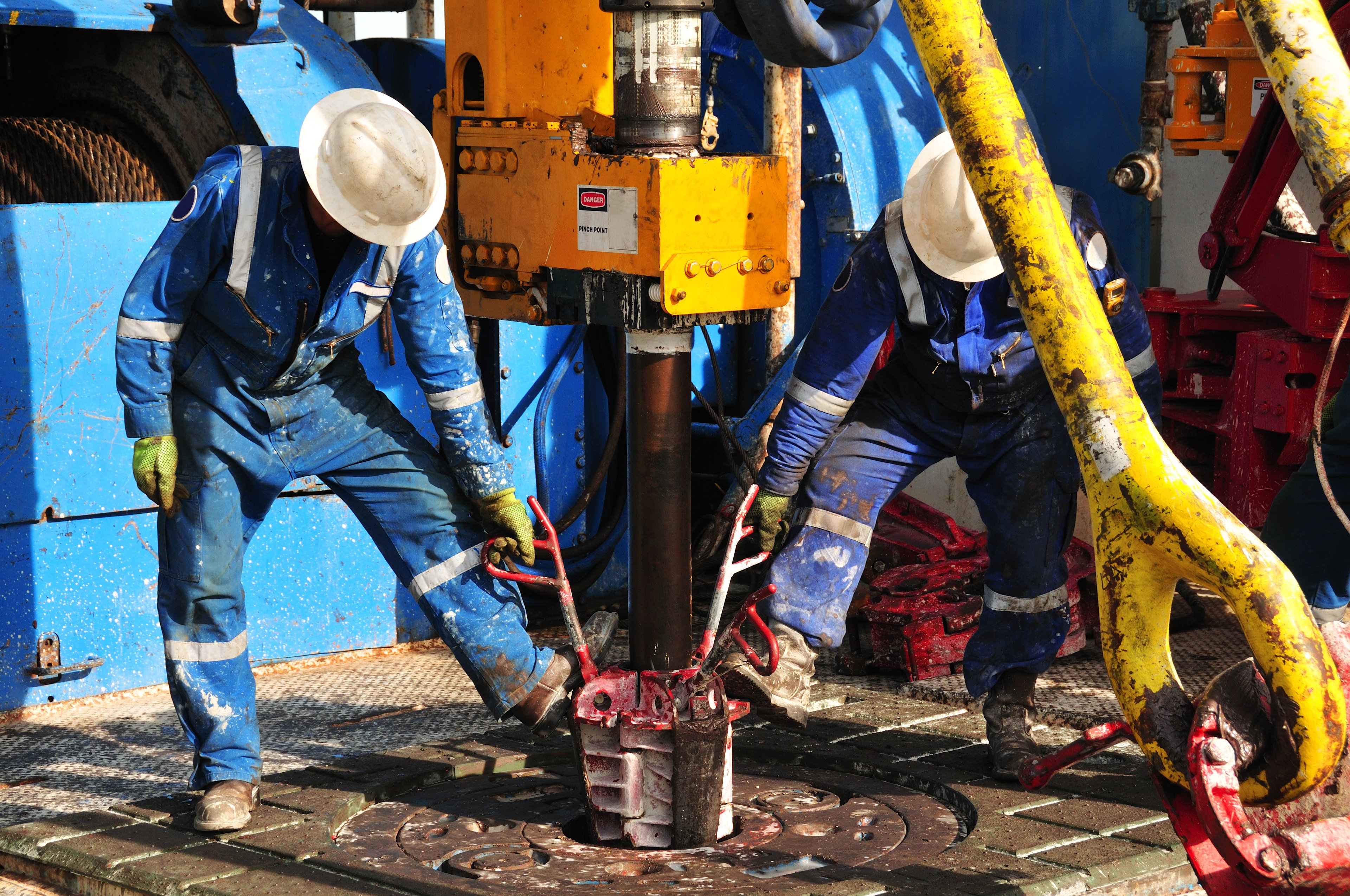Crude oil prices have declined this year. Brent, the global benchmark, has fallen by more than 15%, dropping from the low $80s to the mid-$60s. This decline hurt the cash flows of most oil producers.
However, some oil companies have growth catalysts ahead that should more than offset lower oil prices. Leading the way are Chevron (CVX +0.07%) and ConocoPhillips (COP 0.52%), which expect to generate billions in incremental annual free cash flow over the next few years. This extra cash provides them with more money to return to investors, potentially enhancing their total returns.

Image source: Getty Images.
The $12.5 billion 2026 windfall
Chevron is turning into a cash-gushing juggernaut. It generated $8.6 billion in cash flow from operations in the second quarter, up from $5.2 billion in the first quarter, despite lower oil and gas prices. The company benefited from completing its Future Growth Project in Kazakhstan, its projects in the Gulf of Mexico (also known as the Gulf of America in the U.S.), and continued expansion in the Permian Basin.
These catalysts, combined with $1.5 billion to $2 billion in targeted structural cost savings, should boost Chevron's annual free cash flow by $10 billion next year at current prices. In addition, Chevron's recently closed acquisition of Hess should add another $2.5 billion, bringing the total increase to $12.5 billion. That's significant added free cash flow for a company that has made $9.1 billion in the first half of this year.

NYSE: CVX
Key Data Points
Chevron will probably return most of this windfall to its shareholders. Its strong balance sheet allowed it to return more than 100% of its free cash flow in the second quarter, paying $2.9 billion in dividends and repurchasing $2.6 billion in stock. That amounted to $5.5 billion in cash returns versus $4.9 billion in free cash flow. Even so, Chevron finished the quarter with a low 14.8% net debt ratio, well below its 20%-25% target. With the Hess deal extending free cash flow growth into the 2030s, Chevron should continue increasing its dividend, which it's done for 38 years and counting, and buying back a big chunk of its shares, probably in its $10 billion-$20 billion annual target range.
Adding more than $7 billion in annual free cash flow by 2029
ConocoPhillips already produces strong cash flow. Despite a 19% drop in realized oil and gas prices, it generated $4.7 billion in cash from operations in the second quarter and closed $700 million in noncore asset sales. Doing so funded capital expenses of $3.3 billion, share repurchases of $1.2 billion, dividends of $1 billion, and debt retirement of $200 million. It ended with $5.7 billion in cash and short-term investments, backing its strong A-rated balance sheet.

NYSE: COP
Key Data Points
This company expects its surplus cash to improve in the second half, even if oil prices don't recover. Tailwinds include higher distributions from Australia Pacific LNG, its joint venture with Origin Energy and Sinopec; tax benefits from the One, Big, Beautiful Bill Act; and lower capital spending.
In addition, ConocoPhillips' acquisition of Marathon Oil is proving to be a much better deal than expected. Its anticipated deal synergies have risen from $500 million to more than $1 billion by the end of this year, with an additional $1 billion now expected by 2026. The deal also allowed ConocoPhillips to sell more noncore assets. It has already announced $2.5 billion in deals, including the recently disclosed $1.3 billion Oklahoma sale, exceeding its original target of $2 billion. The target is now up to $5 billion by the end of next year. These sales will further strengthen its fortress balance sheet.
Meanwhile, the company's long-cycle investments in liquefied natural gas and in Alaska should add $6 billion to its annual free cash flow by 2029, compared with this year's level. With $1 billion more in Marathon synergies, that's $7 billion in added annual free cash flow by 2029. The company is situated to support high dividend growth and meaningful share buybacks. It's already targeting being among the top 25% of dividend growers in the S&P 500.
Well-oiled, free cash flow-producing machines
Chevron and ConocoPhillips have invested heavily in acquisitions and organic growth projects to expand their low-cost operations. These investments are paying off, driving significant free cash flow growth and enabling these companies to continue increasing their dividends and repurchasing stock. That could create significant value for shareholders in the coming years, even if oil prices remain low.





